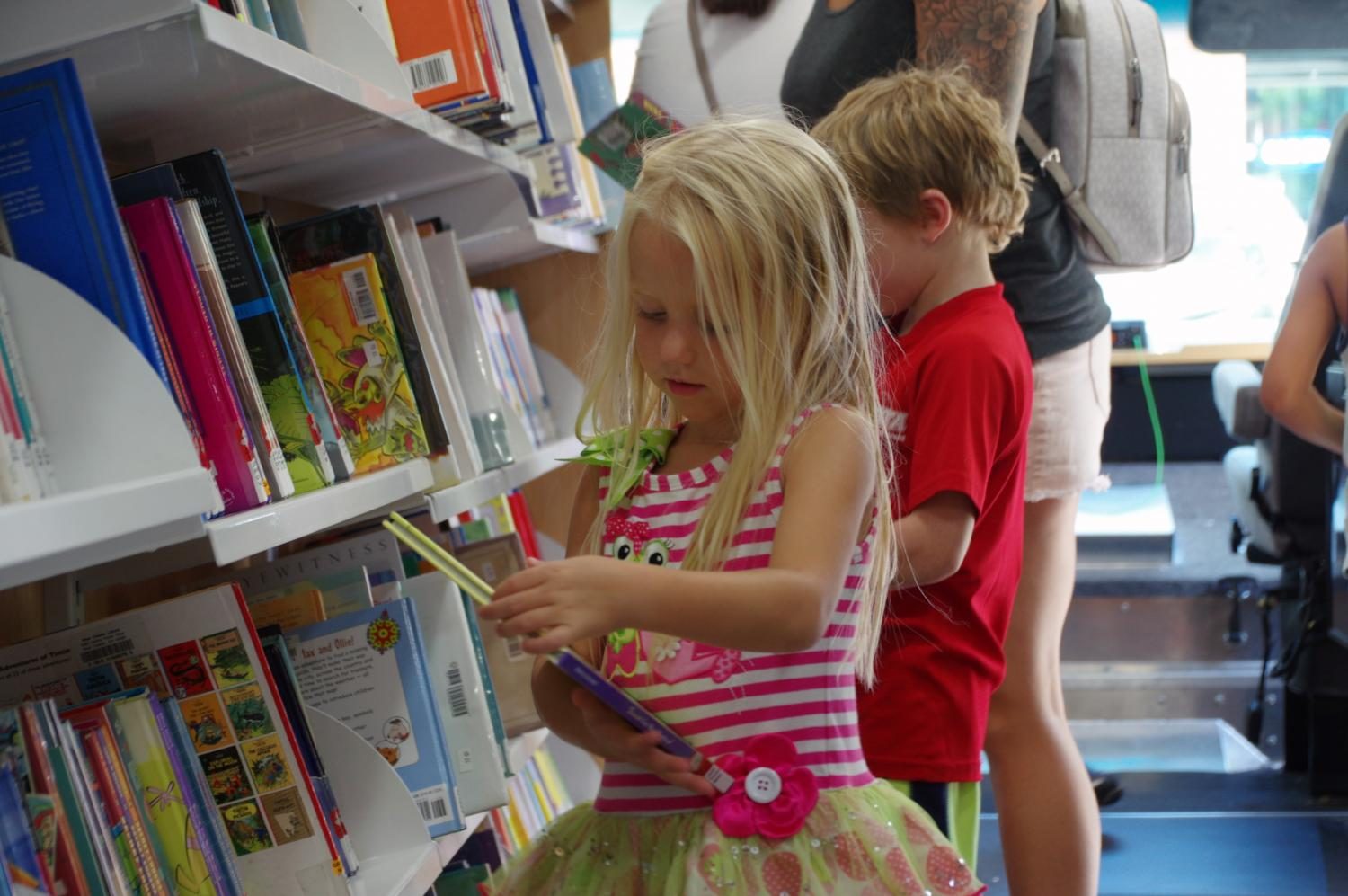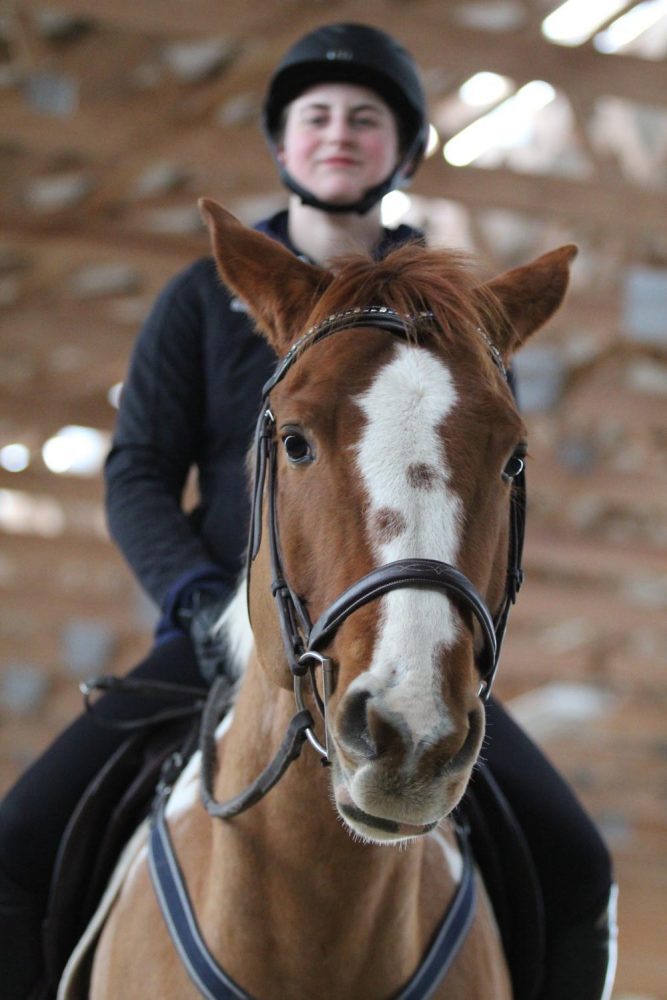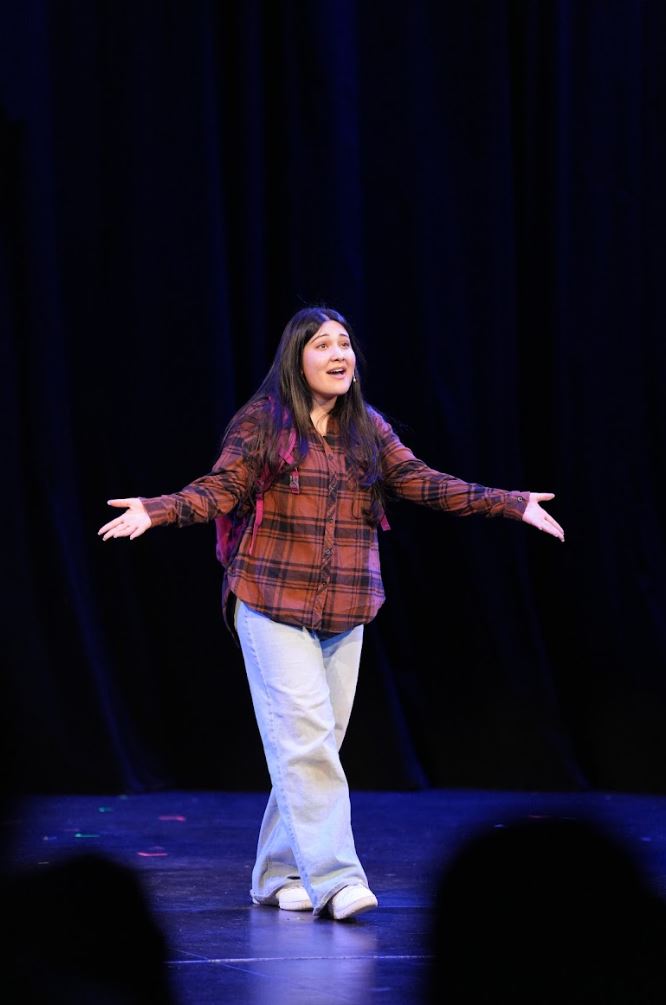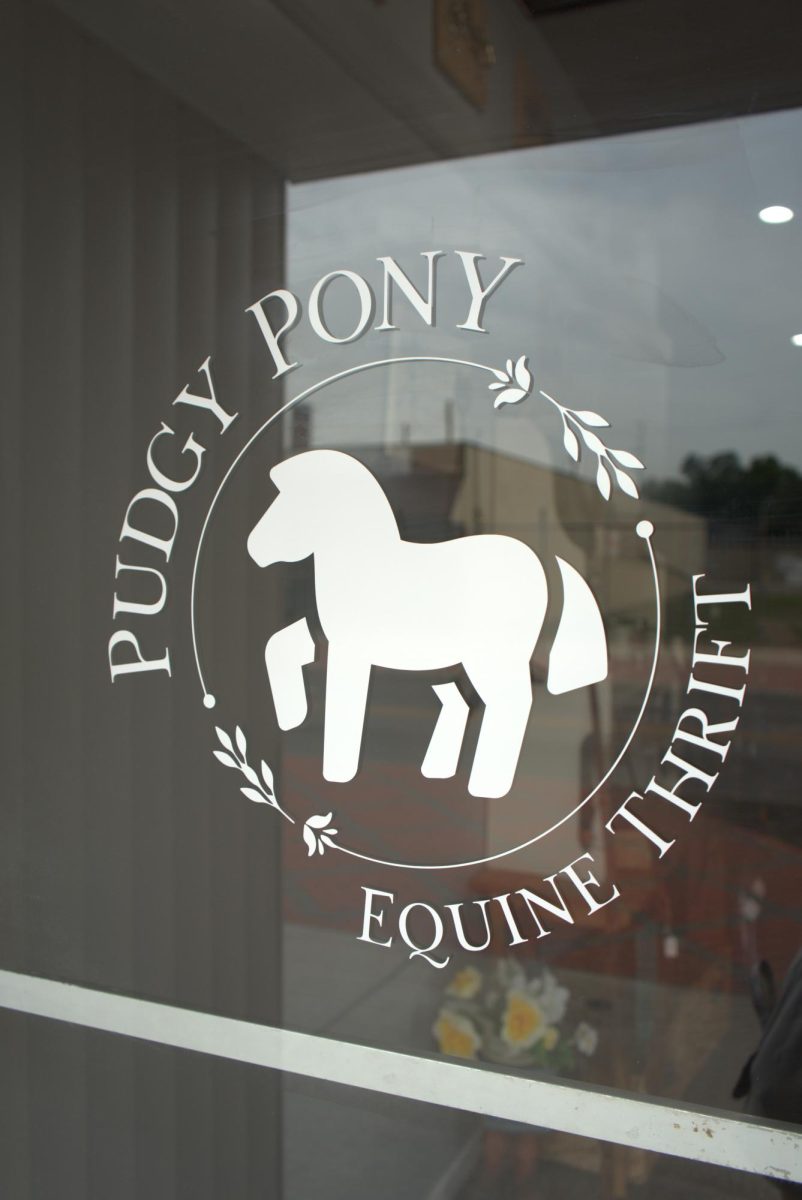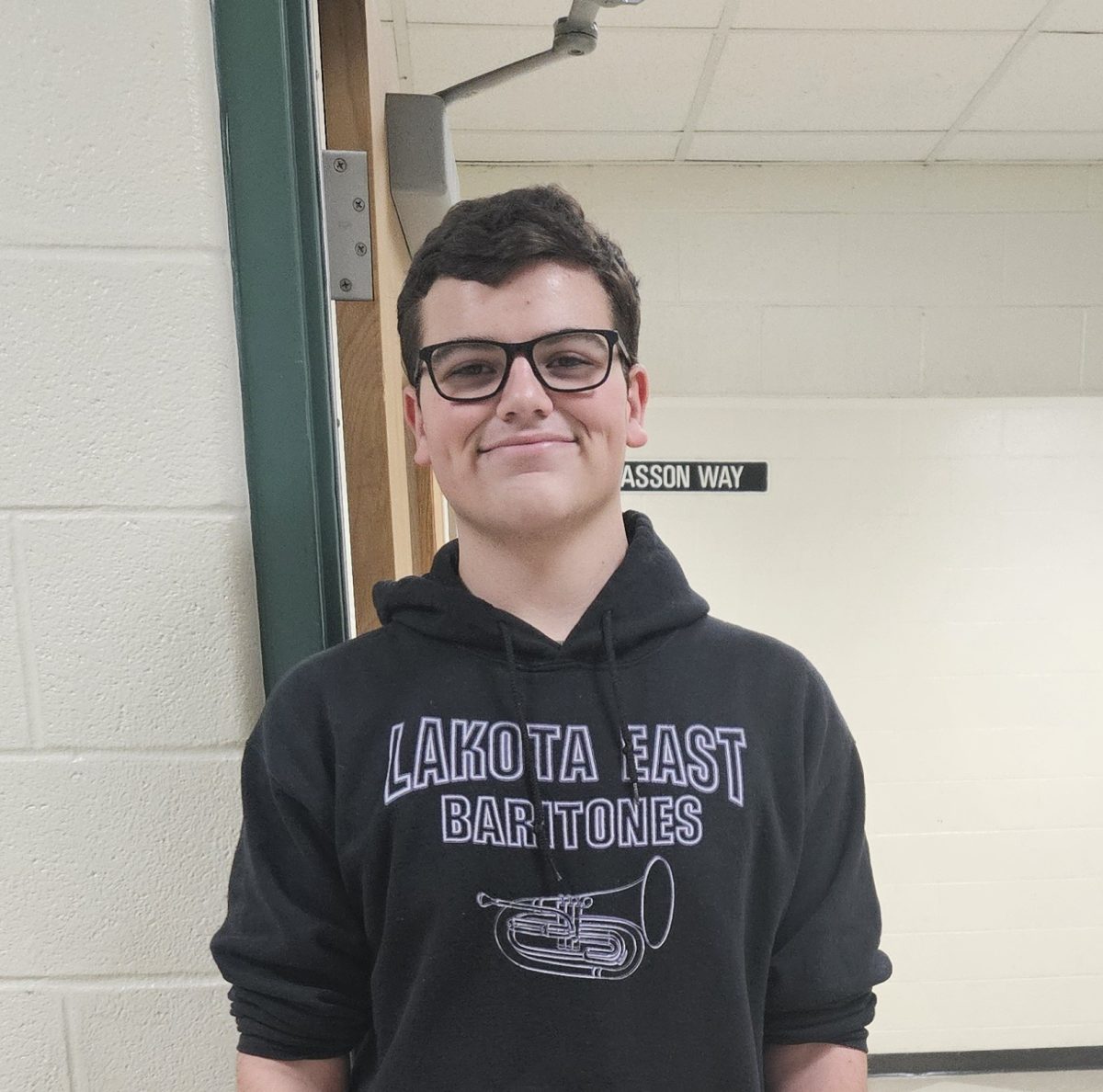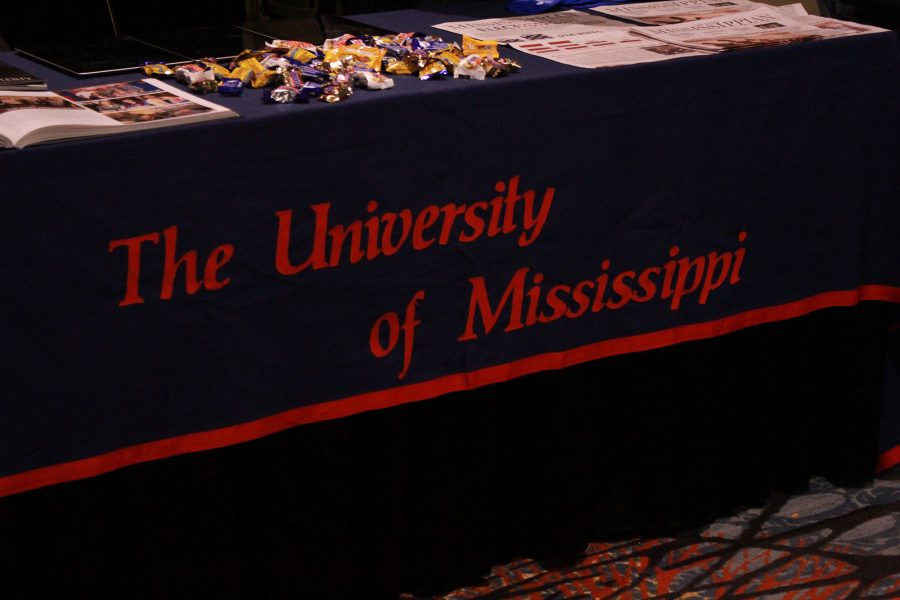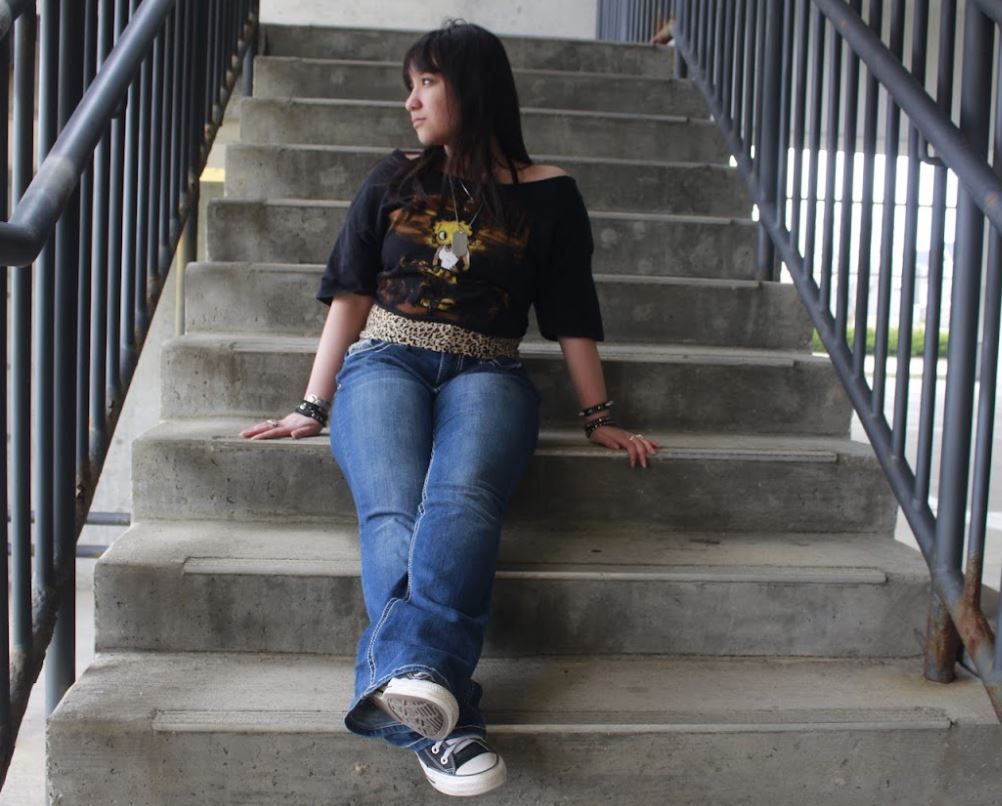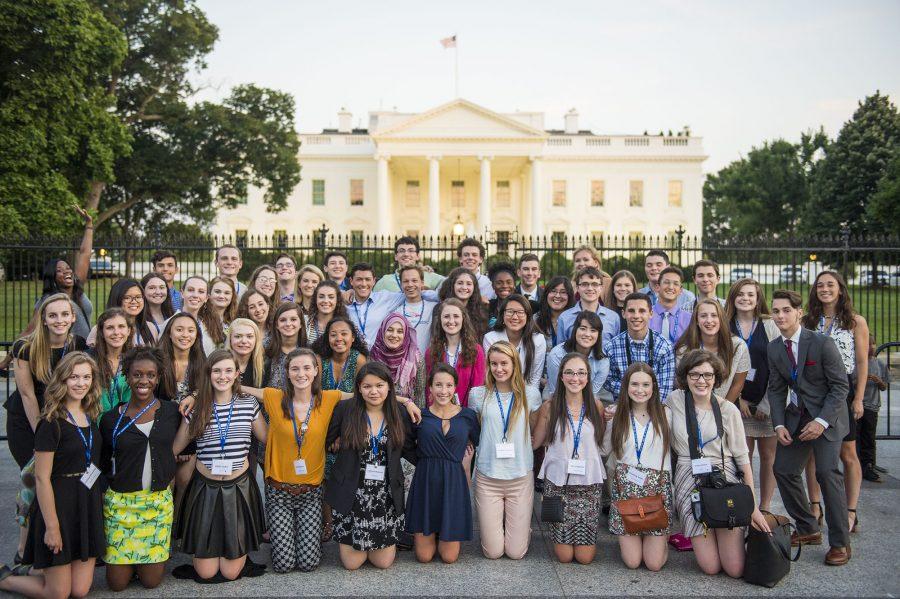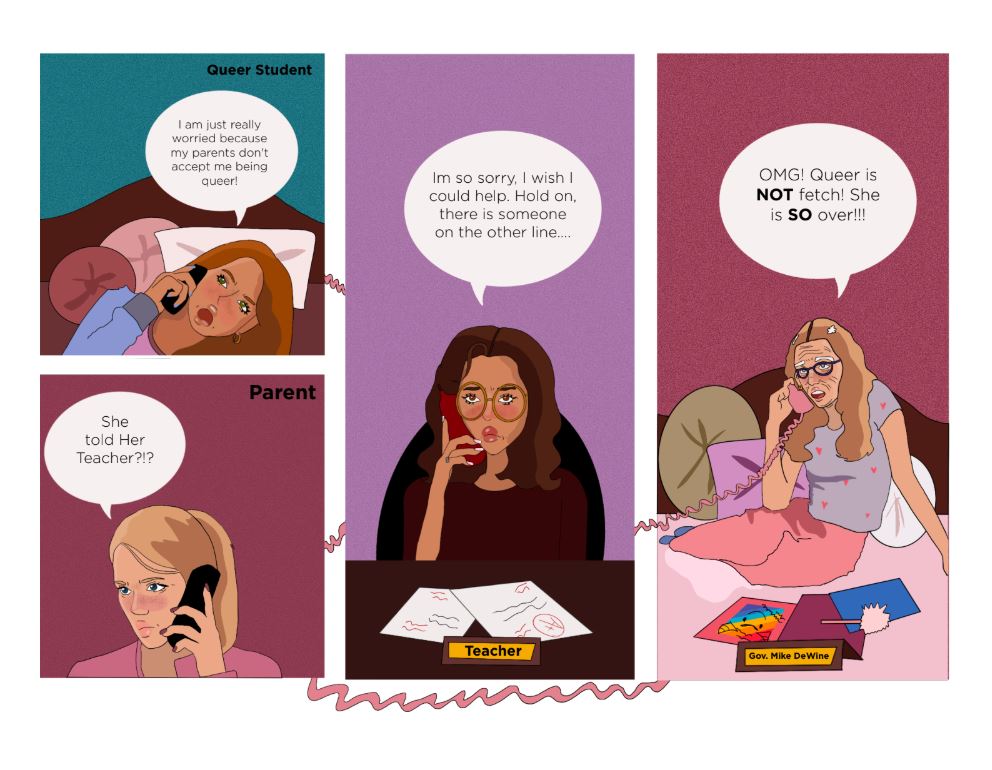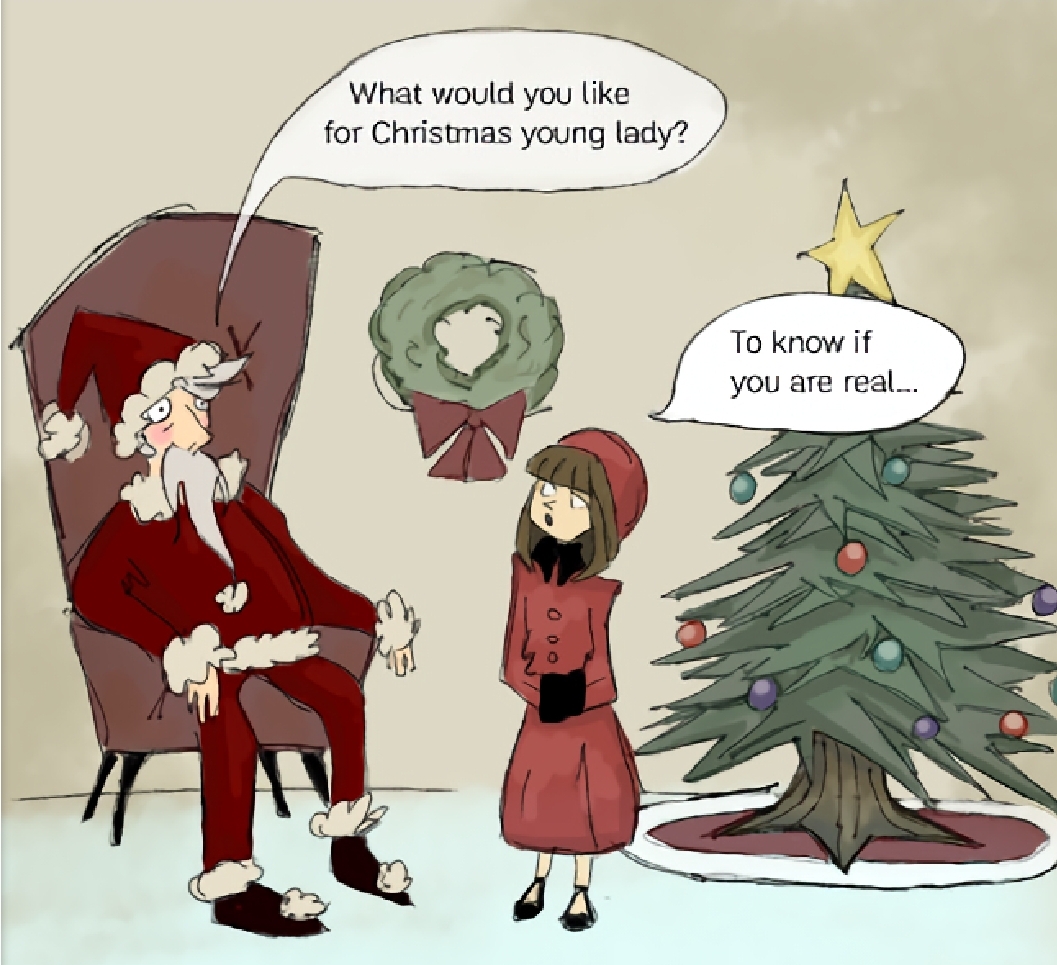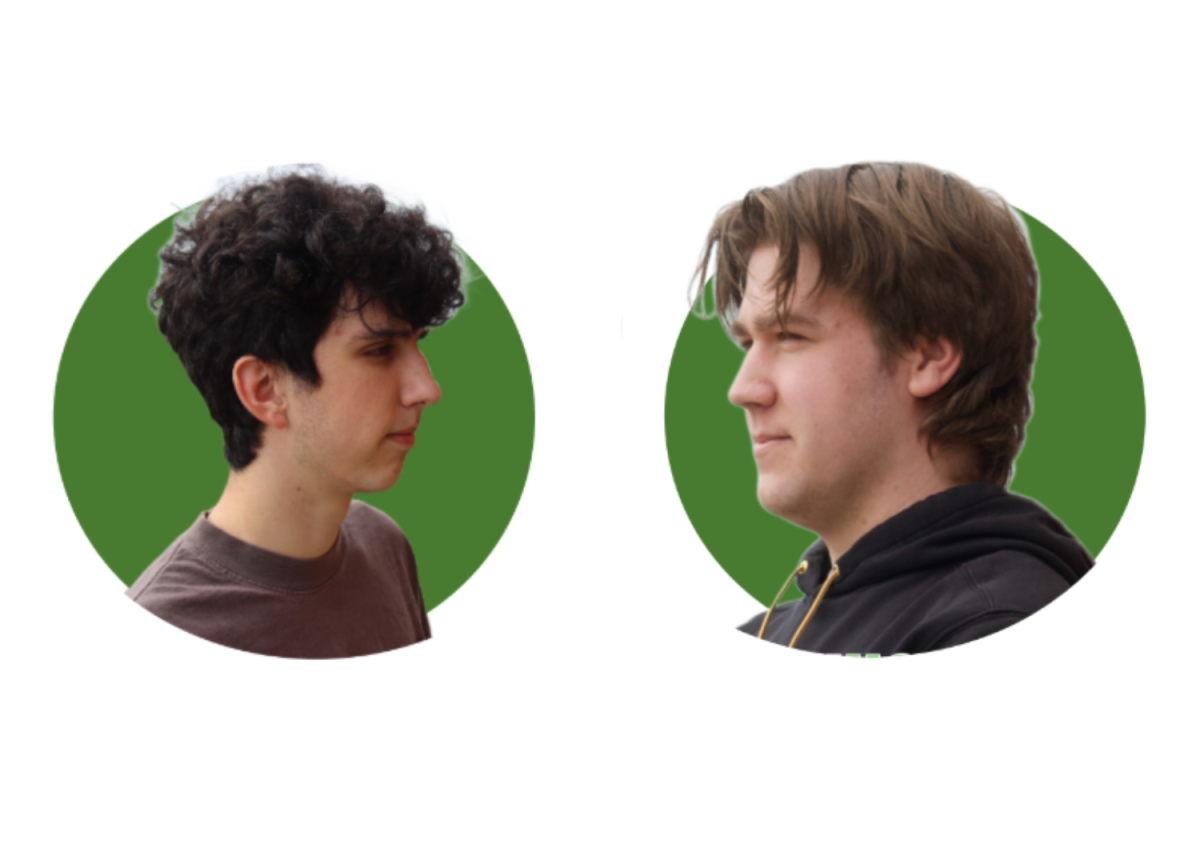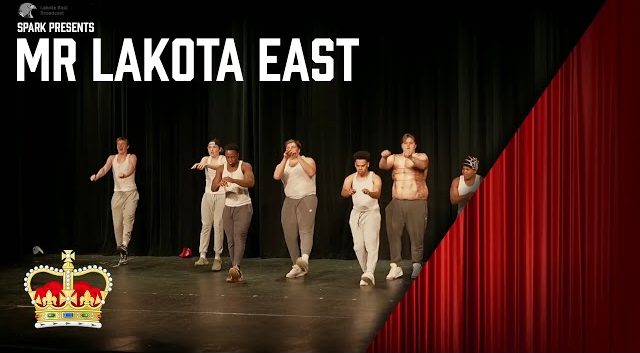In the quaint town of White River, there are ghosts, demons, and the Deetzes. Or at least there were. Since “Beetlejuice,” the new film titled “Beetlejuice Beetlejuice,” was released in which the Deetzes have moved onto new ghastly adventures.
Set a little over 30 years later, plotlines throughout the film are intertwined between new concoctions and old references to the original movie. The film reflects themes of the turmoil and uplifting moments of the mother and daughter relationship between Lydia Deetz (Winona Ryder) and Astrid Deetz (Jenna Ortega) which is a perfect parallel to the way Lydia treated Delia in the original movie. Like its predecessor, Beetlejuice (Michael Keaton) still intends to marry Lydia, who is now the host of a ghostly talk show, and while filming one day, she sees Beetlejuice appear in her studio audience expertly forecasting this desire.
New plotlines include Delores (Monica Belluci), Beetlejuice’s ex-wife is back and goes on a soul-sucking ravage until reunited with her beloved, who she killed many years prior. Lydia also faces the strain of being in a toxic relationship with her current boyfriend, Rory (Justin Theroux), who spews therapy buzz words he undoubtedly learned from the internet pressures—or proposes to—Lydia to get married.
Grief and death obviously go together, and this film addresses grief in many ways and types of grief. It deals with grief of losing a loved one and the grief of missing the past, and comedically guides the viewer through this dark process in a light-hearted way.
While the multiple plot lines emulate the chaos of Burton and Beetlejuice, it does not allow for each of the plots to be explored in-depth within the span of the film. While it does keep the viewer thoroughly entertained, it is a sacrifice that was made, but most likely for the best. All of the plotlines combine together at the end in a final hoorah to the feature film.
Acting in the movie was exceptional. The cast was well-rounded and featured many of Burton’s iconic “muses.” Ryder’s performance was nothing but exceptional. She returned to her fourth film with Burton, and delivered a character-consistent performance to her 1988 portrayal. After the success of “Wednesday,” Ortega returned to her second Burton project. Catherine O’Hara gave another amazing performance as the crazed artist. And Belluci, Burton’s partner, also gave an iconic performance as a seductive soul-sucker. Keaton reprised his role as Beetlejuice on one condition: Keaton would not be in the film for more than 17 minutes, his amount of screen time in the original film, according to ScreenRant. This was an exceptional demand by Keaton, which helps retain the integrity of the original film in a detail that many wouldn’t think about. He returns to portray the character just as perfectly as he did in 1988, hilarious and chaotic, with a pinch of evil.
There were goops and gags to make every age giggle, impeccable references to the original film, and hilarious chaos spawned by demon Beetlejuice. With some lewd jokes and mature content, the film deserved its PG-13 rating and utilized its one allowed f-bomb at the perfect and most hilarious time.
The film’s costuming was everything that would be expected from a Burton film. Outfits and makeup were whimsical and kooky in all of the right ways and were the perfect physical embodiments of all the characters. Lydia retained her eccentric style from the first film, but matured, just as her character did. Astrid’s clothing was still gothic and grungy, incorporating patchwork, but is modern and relatable to teenage movie-goers. And of course, Beetlejuice and Bob rocked the black and white striped suit for the second time.
Following watching this film it is apparent that Burton is back, baby. After directing “Miss Peregrine’s Home for Peculiar Children” in 2016 and “Dumbo” in 2019, this was Burton’s first project after a multi-year gap in creating an original feature film. This movie highlighted Burton’s creativity as a director and creator. His repertoire of dark aesthetics and claymation is continued in this film in an extraordinary way that no other mind can master.
Another standout element of the production of the film is the soundtrack, which matches impeccably with scenes in the movie. Three stand-out song choices are “Tragedy” by the Bee Gees, “Day-O” by Alfie Davis and the Sylvia Young Theatre School Choir, and “MacArthur Park” by Richard Harris.
Overall, “Beetlejuice Beetlejuice” is an amazing sequel film, and a film on its own. It captures the essence of the original film, introduces new elements, and it is apparent that it is made with the love and care of its creators.







